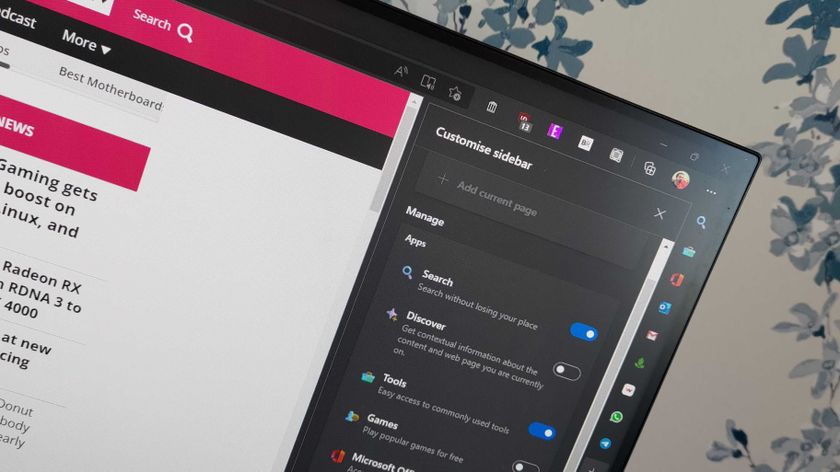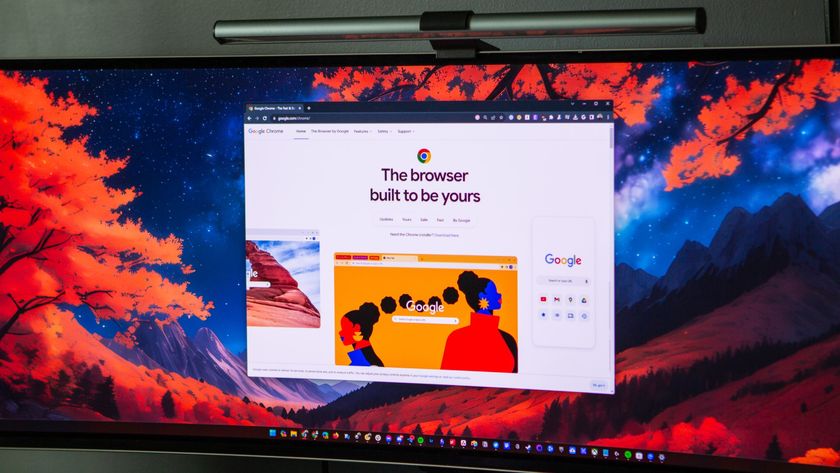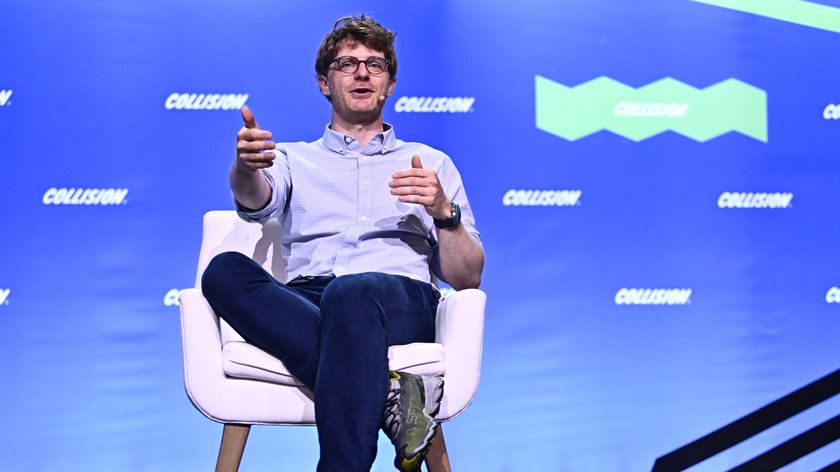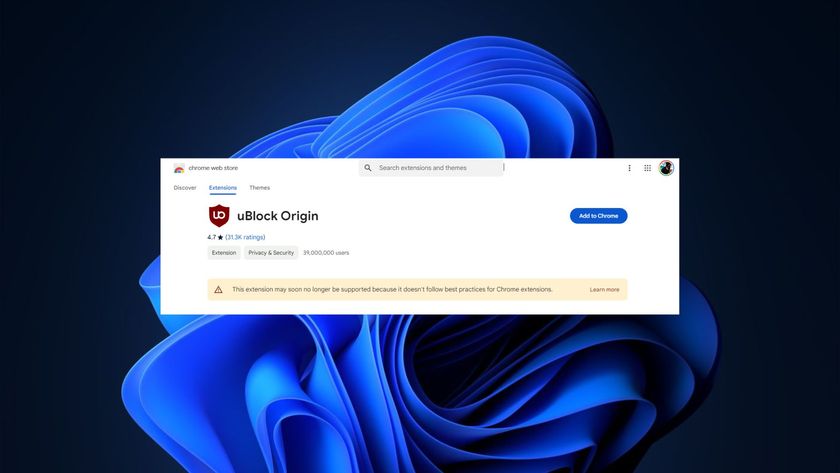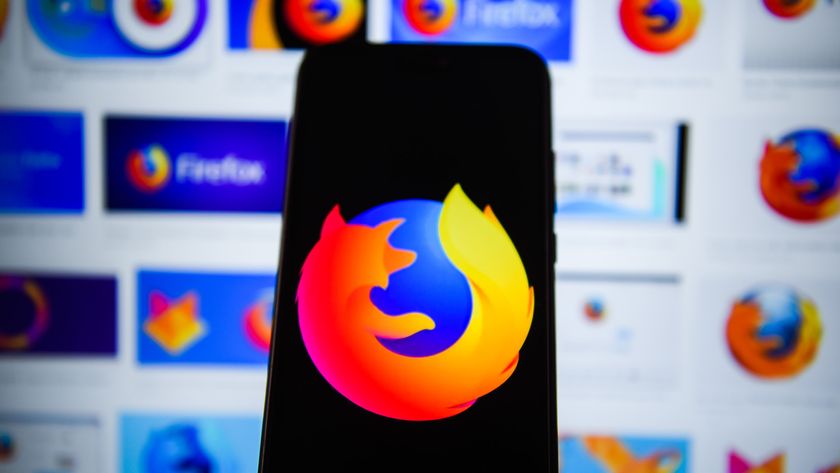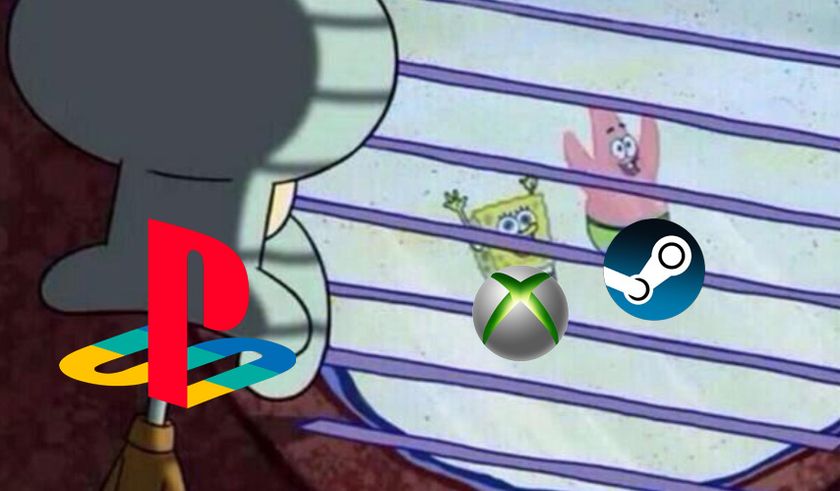Microsoft, Direct Action and Windows Phone: How Redmond is defying the industry
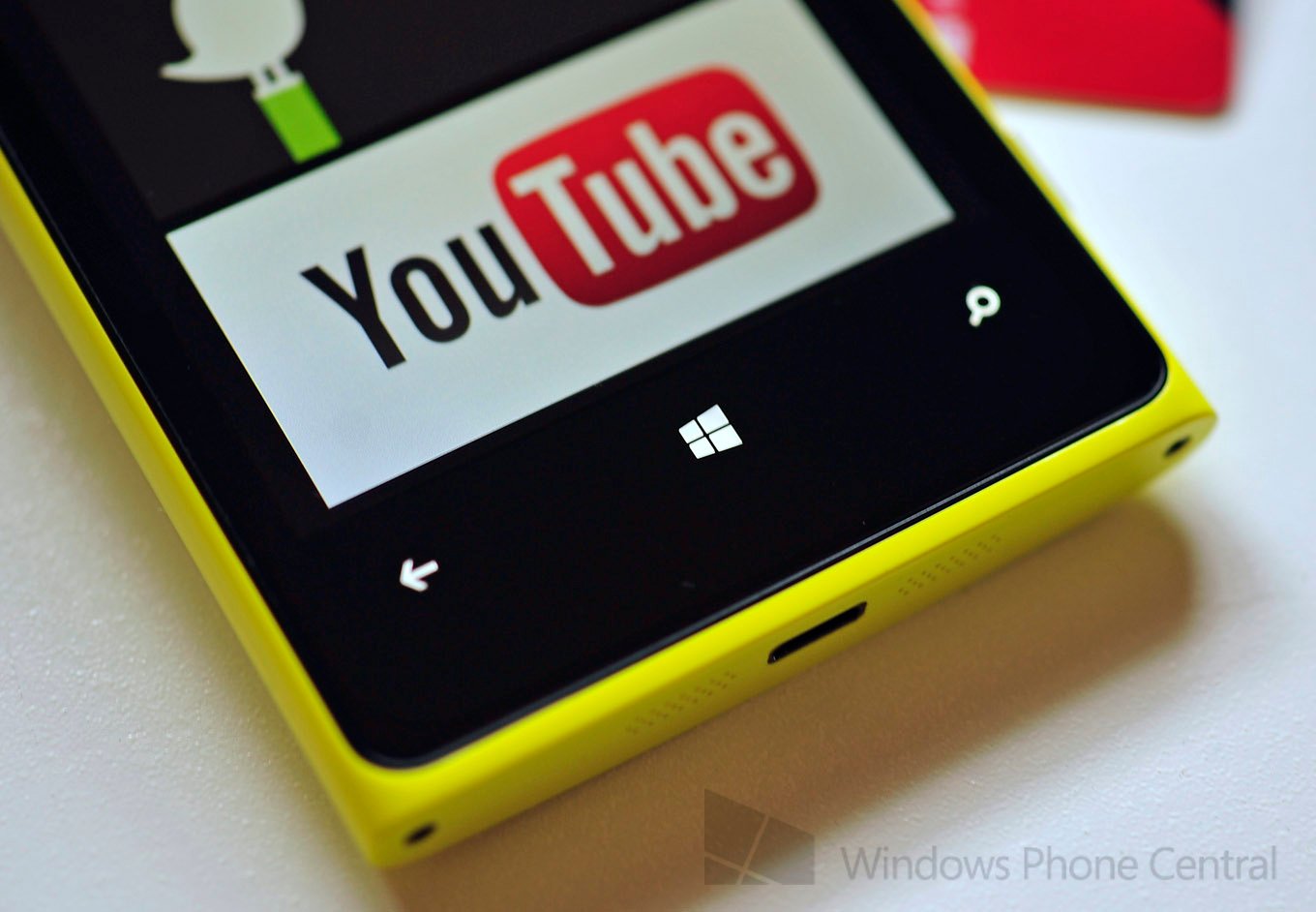
A few weeks ago I wrote an editorial piece on how 2013 was finally turning into the year of Windows Phone (after numerous false starts).
There turns out to be another facet though that I missed in my analysis, which I'd like to address here. Besides increased advertising, impressive hardware, a maturing ecosystem and a reinvigorated Nokia who has hit their stride, Microsoft is using another tactic: direct action.
It’s a fascinating change in strategy from previous years where Microsoft took on a more “hands off” approach, often leaving marketing up to their OEM and carrier partners. Now, in 2013, Microsoft is asserting themselves a lot more directly (and it’s not isolated to just Windows Phone as the recent Surface rumor suggests).
A brief moment in history

Direct Action was a phrase coined in the early 20th century and is defined most notably by the American anarchist Voltairine de Cleyre in a famous article of the same name (yes, I’m dropping some political history on you today).
Traditionally speaking, the tactic has been used for social and political causes, whereby an injustice is brought to people’s attention through various means, often involving the breaking of law. Indeed it often goes beyond that as people try to solve problems directly where traditional institutions have failed.
Extrapolating that to much more modern “problems” of 21st century mobile technology, we can see that certain services and means of communication are controlled by a handful of corporations, who are frequently at odds with each other. Yes, I’m talking about Microsoft versus Google, where the latter has increasingly been keeping their services to themselves, even boasting how they have no intentions to ever make Windows Phone apps.
It’s an interesting debate regarding services such as Twitter and YouTube and access to them. While Google has a right to make money off of said services, it’s up for examination as to the point at which such access (or denial) becomes a problem. A similar case has been made recently about bandwidth, internet access and throttling of data by ISPs.
Get the Windows Central Newsletter
All the latest news, reviews, and guides for Windows and Xbox diehards.
We won’t take sides on the argument here and instead we’ll leave it to you in comments. For now we’ll just say there’s a lot at stake for who controls what in mobile technology and it’s a discussion we should have.
Microsoft’s rebelliousness

When the new official YouTube app landed on Windows Phone a few weeks ago, we all assumed that finally, for the betterment of consumers, both companies had come to an agreement regarding access to Google’s APIs. It actually felt good knowing that these two giants could come to terms so that we could continue to enjoy Google’s investment in YouTube but on our choice of hardware.
Turns out we were wrong, very wrong.
Google infamously sent a “C&D” (cease and desist) letter to Microsoft telling them to pull the app from the Store due to it not showing ads and allowing video downloads, something that violates Google’s Terms of Service.
Legally speaking, Google is in the right. Socially speaking, they come off as jerks.
Microsoft wants to play by the rules, but it is Google that is not coming to the table. So what did Microsoft do after previously failed attempts at finding common ground? They said “Screw it, we’ll do it ourselves” and released a high quality, well reviewed app for their customers, something we’ve known about for over two years now.
Once the C&D came though, the real showdown began—would Microsoft comply? As it turns out, they made an effort to show good faith by removing the video download ability but the app still shows no ads, ergo it denies Google revenue.
In a statement to ZDNet, Microsoft had the following to say on the matter:
"Microsoft updated the Windows Phone YouTube app to address the restricted video and offline video access concerns voiced by Google last week. We have been in contact with Google and continue to believe that our two companies can work together to hone an app that benefits our mutual customers, partners and content providers. We’re earning new customers every day, with IDC reporting recently that Windows Phone posted the largest year-over-year gain among leading operating systems. We look forward to working with Google to maintain a great YouTube experience for the growing number of people who rely on both of our respective products."
Make no mistake, Microsoft has thrown down the gauntlet and they will not let Windows Phone fail.
There’s even more
While we won't go into detail and name names of other apps, we now know that this Microsoft v. Google standoff is actually not the first time this has happened. There are other high profile apps that have faced similar C&D requests that Microsoft are reportedly ignoring.
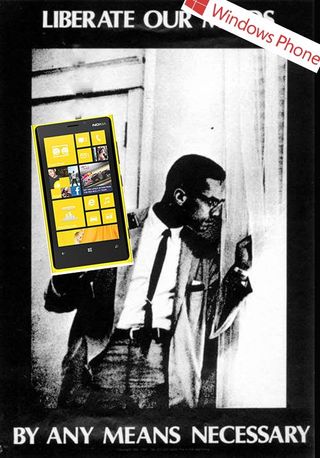
The reason why they’re doing this is because they know that in order to be accepted by the smartphone market, they need to have certain apps and services on their platform. While they have been more than willing to assist in app development, sometimes even paying for it e.g. the New York Times app, they are on occasion rebuffed for whatever reason by some of these players.
Because of that, it’s fascinating to see, in my opinion that Microsoft is starting to throw their weight around and even take a few legal challenges on the chin in order to gain marketplace traction.
It’s a form of direct action, a stern “if you won’t work with us, we’ll just do it ourselves (or look the other way)” tactic and to be honest, it’s refreshing to see.
Will this approach pay off? Will it buy Microsoft enough time to continue to gain traction in the market? It remains to be seen, but leaving judgment aside, it’s an intriguing change in tactics from a juggernaut of a company.
To paraphrase Dr. Stephen T. Colbert, D.F.A: Companies who won't talk with Microsoft? You’re on notice.

Daniel Rubino is the Editor-in-chief of Windows Central. He is also the head reviewer, podcast co-host, and analyst. He has been covering Microsoft since 2007 when this site was called WMExperts (and later Windows Phone Central). His interests include Windows, laptops, next-gen computing, and wearable tech. He has reviewed laptops for over 10 years and is particularly fond of 2-in-1 convertibles, Arm64 processors, new form factors, and thin-and-light PCs. Before all this tech stuff, he worked on a Ph.D. in linguistics, performed polysomnographs in NYC, and was a motion-picture operator for 17 years.
